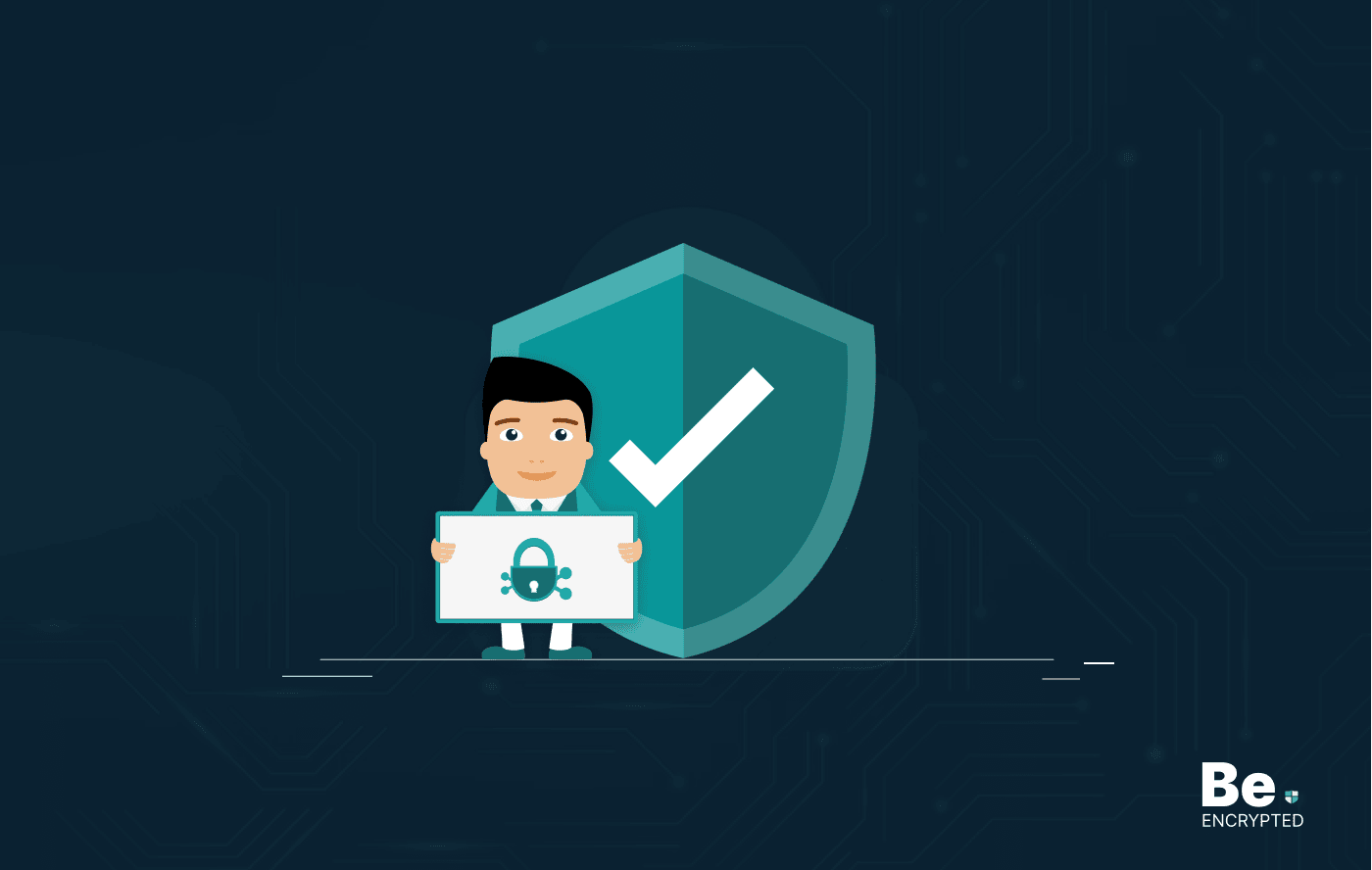Cybersecurity has always been a matter of concern for organizations and individuals alike. However, the cyber threat landscape has now started to grow with increased courage, primarily due to the commercialization of cybercrime.
The modern threat landscape features hackers and cybercriminals renting out cybercrime services in exchange for money.
The concept of commercializing cybercrime has now been around for a considerable period. It appeared with ransomware-as-a-service, and its new shape in phishing-as-a-service makes the cyber threat landscape much scarier.
What is Phishing-as-a-service?
Phishing-as-a-service or PhaaS is a thriving black market industry of cybercriminals providing phishing services, tools, skills, and techniques needed to carry out phishing attacks. These services are based on the software-as-a-service style model that has revolutionized how work is conducted in modern virtual times around the globe.
The service model involves companies relying on third-party vendors to conduct business. Similarly, PhaaS features the third-party experienced cybercrime “vendors” setting stall over the dark web marketplace and forum selling essentials to phishing attacks such as:
- Phishing toolkits: These are completed with all the relevant information and tools needed to conduct a successful small-scale phishing attack.
- Phishing email guides: These are guides that help cybercriminals compile relevant phishing emails.
- Databases of targets: These are collected databases of well-known brands needed to launch a successful phishing attack against them.
- Email templates of various organizations: These templates help cybercriminals design a convincing phishing email.
- Back-end codes: These are somewhat of a building block to creating seemingly legitimate phishing websites.
The service is available based on the vendor’s expertise and the amount of money the buyer is willing to spend. Several PhaaS vendors also offer access to collated open-source intelligence (OSINT). This allows cybercriminals to create convening phishing attacks or back-end codes to make fraudulent, seemingly legitimate web pages of well-reputed brands.
How is PhaaS a concern
Phishing has long been a concern for organizations and individuals alike. Since these attacks are primarily designed to manipulate a human mind rather than technology, they are often highly successful. Their high success rates make phishing attacks the reason behind 90% of data breaches.
Therefore, with such a highlighted successful attack, getting commercialized as a service is a matter of concern. Primarily, according to research, it is gaining immense popularity. As PhaaS popularity grows, some of the main problems that organizations and cybersecurity professionals have to deal with are:
1. Likely an increase in phishing attacks
The mass availability of phishing attacks in the form of service has likely impacted the number of phishing attacks occurring. The service itself is exceedingly popular over the dark web. Moreover, most phishing kits are available with rates as low as $40. There are also monthly subscription packages for premium services costing $499 upfront with a monthly fee of $199.
These subscriptions allow buyers access to over 20 pre-loaded phishing kits targetting various organizations and financial institutions. Just as SaaS applications enable organizations to avail a service without developing their software, PhaaS also gives cybercriminals the leverage to launch more phishing attacks in a given without needing many skills.
In short, where previously it would have taken one cybercriminal ten days to launch an attack, PhaaS could allow ten cybercriminals to launch a phishing attack in a day.
2. Cybercrime available for the masses
Commercializing things begins with spreading a particular product or service to the masses. With PhaaS, phishing is now available to several people online who were otherwise incapable of launching such attacks.
Moreover, since professionals design these attacks, they are far more sophisticated than attacks designed by amateur cyber criminals. The availability of Phishing as a Service gives anyone with malicious intent the leverage to act by executing such attacks. That could also mean disgruntled ex-employees, ex-business partners, or a competitor.
3. Phishing attacks are becoming dangerously sophisticated
PhaaS services are facing mass popularity over dark web marketplaces. Many amateur cybercriminals have flocked to these marketplaces to avail themselves of these malicious services. The main reason behind this is that it allows them to launch an attack that otherwise was beyond their skill set.
Such commercialization of a service or product also gives rise to competition. While it might be healthy in normal circumstances, it leads to dire consequences with such malicious services.
Such acts mean sophistication in these phishing kits and techniques, resulting in the complexity of phishing attacks. Where previously, there was a chance of pinpointing immaturely created phishing attacks and mitigating them, the sophistication of such attacks will make it challenging to identify and ensure security. With PhaaS gaining popularity, the competition amidst these vendors is likely to grow, with each vendor trying to out best the other just for sales.
How can organizations defend themselves?
Since phishing attacks rely on manipulating humans, spreading awareness is the best way to ensure security. It is now more crucial than ever for organizations to educate their employees on phishing attacks. Employees should receive proper training on identifying and mitigating these attacks.
Apart from that, organizations need to prepare themselves for the worst-case scenario. That is keeping the likelihood of phishing attacks getting more sophisticated with time. That means organizations must build a proactive incident response plan to prevent them from facing severe damages if they fall victim to a phishing attack.
Another way organizations can protect themselves is through threat hunting and vulnerability assessment. With threat hunting, an organization will have a clear idea of what these phishing kits are capable of, allowing them to build appropriate security systems.
Moreover, since phishing attacks leverage security loopholes within an organization’s security posture, regular vulnerability scanning can enable security. The sooner an organization tries to become aware of its vulnerabilities and patches them, the better it can remain secure.
Share this article
About the Author
Shigraf is an experienced cybersecurity journalist and is zealous about spreading knowledge regarding cyber and internet security. She has extensive knowledge in writing insightful topics regarding online privacy, DevOps, AI, cybersecurity, cloud security, and a lot more. Her work relies on vast and in-depth research.
More from Shigraf AjazRelated Posts

19 Best Vulnerability Management Software or Tools in 2024
KEY TAKEAWAYS Vulnerability management tools scan and detect weaknesses within the network that hac...

How to Detect, Identify and Fix Packet Loss with Best Tools
KEY TAKEAWAYS Packet loss reduces the speed and amount of data that flows through the network. This ...

15 Best Network Security Software – Top Pick Of Organizations
KEY TAKEAWAYS Network security software keeps the data secure and blocks malicious or potentially vu...

15 Best Virtual Machine Software for Windows in 2024
KEY TAKEAWAYS Virtual machine software is a vital tool for developers to deploy VM software to test ...

What is Software Deployment: Risks and Best Practices
KEY TAKEAWAYS Software deployment is facing various security risks amidst the advancements in the in...

Building Encryption into the Network Fabric with SASE
A network fabric is a mesh of connections between network devices such as access points, switches, a...


